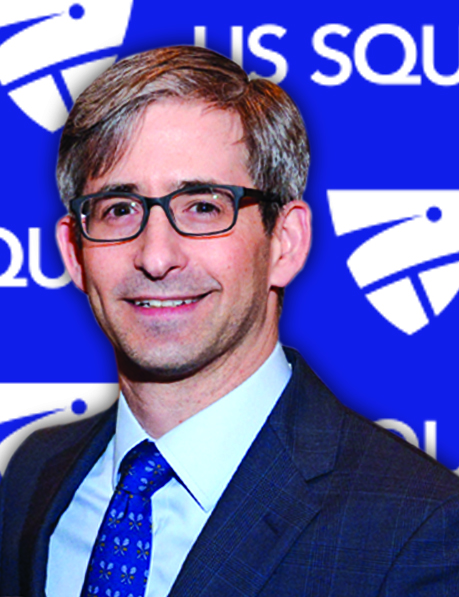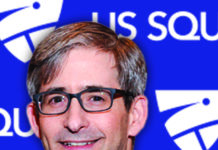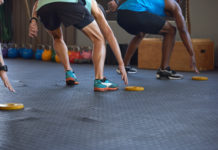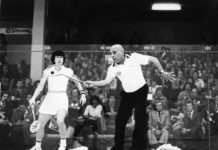US Squash is a proud member of the U.S. Olympic and Paralympic Committee. Born out of an act of Congress in the 1970s, the USOPC was formed to encourage, promote and support amateur athletic activity in the U.S. and be responsible for fielding U.S. teams. Investment in women’s athletics by the (then-named) USOC and national sports governing bodies (NGBs) resulted in U.S. women earning more medals than men in recent Olympic Games. The need for parity in opportunity for disabled Americans is finally now reflected in the name of the organization. The U.S. Olympic movement has had a landmark, legacy impact on opportunities for previously excluded athletes worldwide. It’s about diversity and inclusion—not glory, or heroism, or medals.
The idea of expanding the USOPC’s mission to include athlete well-being would have been laughed at several years ago. Today, it’s central to the mission. The exposure of the horrible crimes of Larry Nasser, coupled with increased awareness of the need for accountability and oversight, have appropriately made the USOPC and NGBs internally-focused on organizational improvement, participant safety and listening to their customers.
The question I still have though is about the USOPC’s lack of attention to the wellness of our country and in particular, our youth. Participation in youth sports is declining, with the exception of the children from the wealthiest families, and trends towards early-specialization in sport is causing a rise in burnout. Shouldn’t the Olympic movement be more proactive in addressing the opportunity gap and real health concerns for our country’s kids? It’s in the best interests of the USOPC to lean in on this issue by using the power of the Team USA brand to promote the importance of healthy activity for kids and what “healthy” actually means.
The USOPC has been traditionally focused on performance while the NGBs’ emphasis has been on participation with a smaller sub-concentration on top athlete development. In reality, supporting the elite athletes is the easier part. The base of the pyramid deserves our nation’s attention: the millions of kids that we collectively serve. A bigger base means healthier outcomes for our children, nicely coupled with a wider pipeline of potential elite athletes down the road. Again, it’s all about diversity and inclusion.
Yes, we’re still going to do our best to get squash into the Olympics—the next chance is Los Angeles. LA 2028 has the goal of doubling youth sports participation in the region by the start of their summer games. The idea that this work is so core to their goals, yet is not addressed by the actual USOPC is totally incongruous. We should all expect more of this national organization. In the meantime, at US Squash we are heads-down on the Arlen Specter US Squash Center and programs which will serve as an example of what’s possible when squash is made accessible for all those who wish to play.





